I was born on January 20th 1951 at St Mary’s Hospital for Women and Children in the centre of Manchester, just across the road from the Palace Theatre. Less than a mile away, at the BBC Studios in Piccadilly, engineers were avidly thumbing through their copies of the very latest BBC ENGINEERING TRAINING MANUAL . MICROPHONES!
My copy arrived yesterday! (courtesy of eBay). It is in nearly new condition and sadly it’s unmarked pages have all the ‘vibe’ of a book that has never been read!
In recent years I have often regaled students with my reflections on how much audio technology has changed during my lifetime. Reading through this book really brings it home! It is a window into a long-gone world of engineers in brown lab coats and announcers at the microphone in evening dress. For me, as a child, it was the world of ‘Listen with Mother’ and ‘Children’s Hour’ and seeing the valves glowing in the back of the mahogany veneered wireless set on a shelf next to the fireplace in our living room.
My earliest memory of a microphone was standing on a box in front of a huge Marconi AXBT ribbon mic having won a prize in a BBC Children’s Hour competition at the age of 7 or 8. (It looked just like a giant ice cream cone!) I was presented with a silver propelling pencil by the producer Trevor Hill. I said ‘Thank You’ in the general direction of the mighty Marconi, and was escorted back to my seat.
Anyhow, back to the book.
What is most striking is how slender this volume is (114 pages). Most of it is taken up with detailed information about the propagation of sound and the physics involved in microphone design and construction. Much of this is still useful knowledge. However, only 7 different microphones are described in detail and most of these had already been in service since the mid 1930’s.
Here, (to give you a flavour of this informative little book) are some of the illustrations.
In the BBC Studio of 1951 the Marconi AXBT Ribbon Microphone (first introduced in 1935) was the principal tool for drama, announcement and music. Broadcasting was in Mono. With a frequency range from 20Hz-16 kHz, this figure of eight device was very often the only mic used! One useful piece of advice offered to the engineer, in order to avoid ‘an excessive bass response’ (caused by proximity effect), is that ‘The microphone should never be used at a distance less than approximately two feet.’
From 1938 to 1953 the STC 4017C was the main BBC outside broadcast microphone. Built like a tank, with a solid copper body and an aluminium diaphragm, it was a very robust dynamic. Although, in theory omnidirectional, it did exhibit some frontal directionality at higher frequencies.
The STC4021 , nicknamed the ‘Apple and Biscuit’, was a high quality dynamic mic which, due to its spherical shape, was truly omnidirectional. It was mounted vertically and was used for a variety of purposes including ’round table’ discussions and interviews. It was also used as a talkback mic.
Developed by Holman and Blumlein working for the Columbia Gramophone Company (later E.M.I.) , it was used extensively by the newly formed BBC Television service at Alexandra Palace from 1936.The unusual thing about this microphone is the fact that it’s diaphragm is made of thin balsa wood enclosed between two sheets of aluminium foil! Interestingly, the description in the book ends with something of a warning…….. ‘the instrument is less suitable when high quality is a major consideration’ !!!!!
The Marconi Condenser Microphone with built-in amplifier was a large and extremely rare beast, introduced experimentally in the mid-1930’s. Even at the BBC it was not commonly used. Early condensers were prone to suffer with crackling caused by moisture. The Marconi condenser was no exception and was notoriously unreliable. When it was employed it was mostly to be found at concerts.
I have never seen a BBC studio picture with one of these. Not sure what it’s duties might have been. Perhaps, included in the manual simply because it is an example of a crystal mic? These were quite common at the time as PA and announcement mics. Also quite popular with amateur tape recordists.
The Marconi Lip Ribbon Microphone (designed by the BBC in 1937) is a noise cancelling device which was used for sporting commentaries and broadcasting in noisy environments. It was designed for very close speaking with the ribbon protected from the impact of the speaker’s breath by the enclosing magnet. (see pics above) One of the most important features of this microphone is the mouth-guard, which is pressed up against the speaker’s jaws, thus maintaining a constant distance between the mouth and the ribbon. This ensures against changes in frequency response, and volume, caused by fluctuations in distance. A variation of this microphone is still made today for the BBC by Coles (formerly STC).
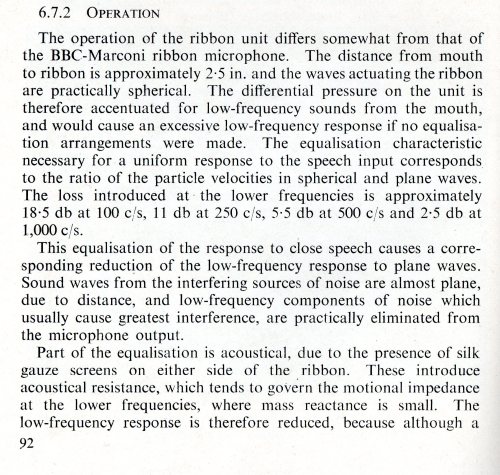
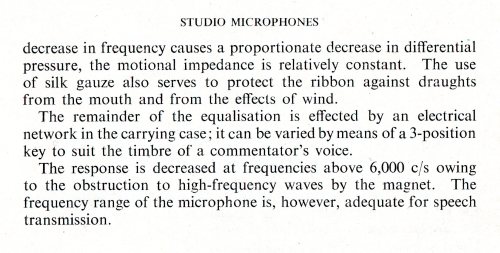
Foot Note.
In 1953 BBC Television broadcast live the Coronation of Queen Elizabeth II. Amongst the most notable features of this historic broadcast was the commentary delivered by Richard Dimbleby inside Westminster Abbey. The microphone used on this occasion was the latest Marconi L.2 Lip Ribbon mic. The perfect choice! The closeness of the speaker to the microphone, and the rich tone of Dimbleby’s voice, served to give the listening audience an intimate, sense of the grandeur of the occasion. The isolating characteristics of the lip microphone also served to focus attention on his voice. Dimbleby was the undoubted master of this technique of close-mic’d delivery which became a hall-mark of British State occasions.
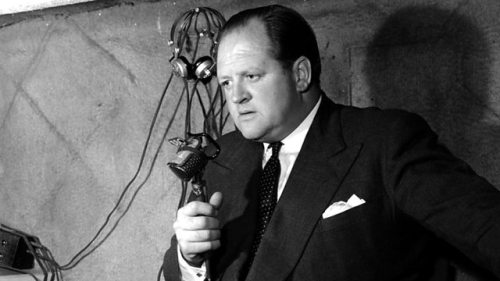
Richard Dimbleby with the Marconi L.2 Lip Ribbon microphone in the specially constructed commentary box in the Triforium of Westminster Abbey
In Conclusion
Within a decade of this manual the BBC microphone cupboard would be rapidly filling with exciting new models from the likes of AKG, Sennheiser and Neumann. In the following years alongside the growth of television and multi-track recording came a whole range of microphones designed for different purposes. Stereo mics, shotgun mics, lavaliers, parabolic, contact, binaural, ambisonic…………….. A whole new world!
Here are some useful links for more information.
http://www.coutant.org/bbc/index.html (Some great photos of the Marconi Ribbon Mic)
http://www.coutant.org/marconi/ (Pictures and information on this extremely rare condenser mic)

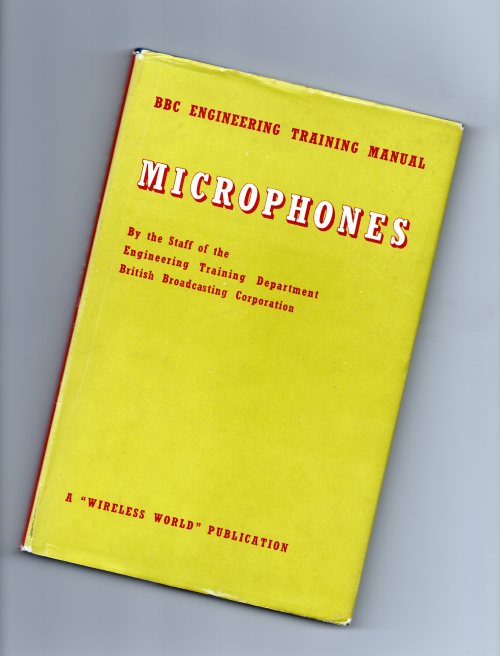

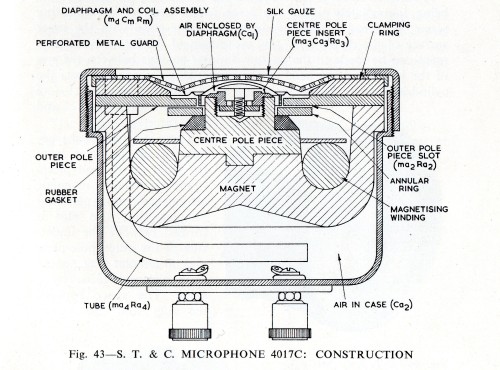
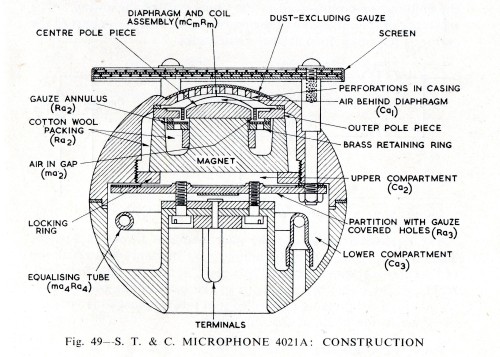
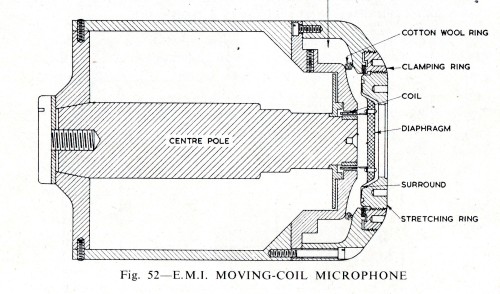

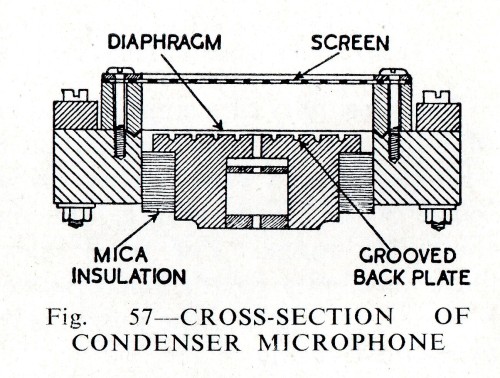
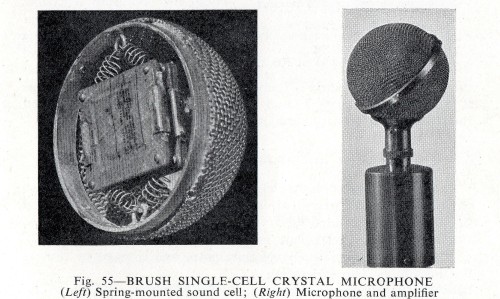
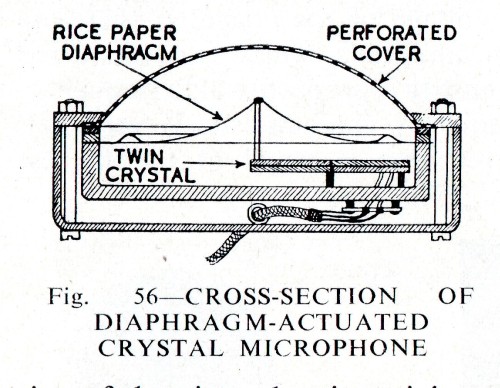
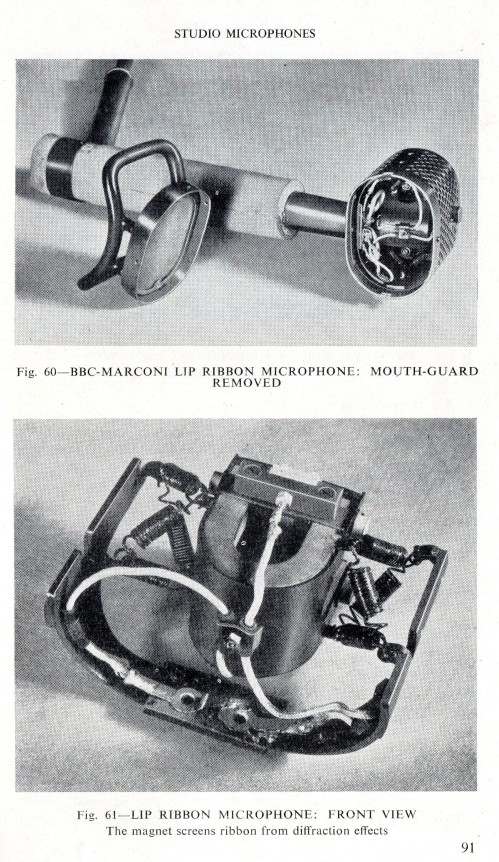
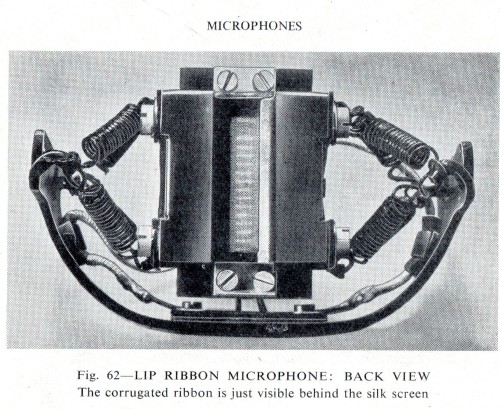
Well, I also took part in ‘Children’s Hour’, in Manchester, in 1959, I think, and Trevor was my producer – although the mics by then were 4038s – and I’ve just found him and had a chat with him ..he’s now aged 95, living in Gloucestershire, and bright as a polished button you’ll be pleased to know!
LikeLike
‘Children’s Hour’ was always a highlight of the day in our house. We had a large HMV valve radio that ‘glowed’ on a shelf next to the fireplace. At that time we lived in Gatley and Judith Chalmers lived just around the corner from us and every now and then we would say ‘Hello’ to her. Anyhow, I am glad to hear that Trevor is still with us. I too live in Gloucestershire.
LikeLike
You could pop round and see him – when this Covid business is all over ..he’s keeping away from people right now, sensibly – he’s in Dursley!
LikeLike
Might well do that. Dursley is not far away.
LikeLike